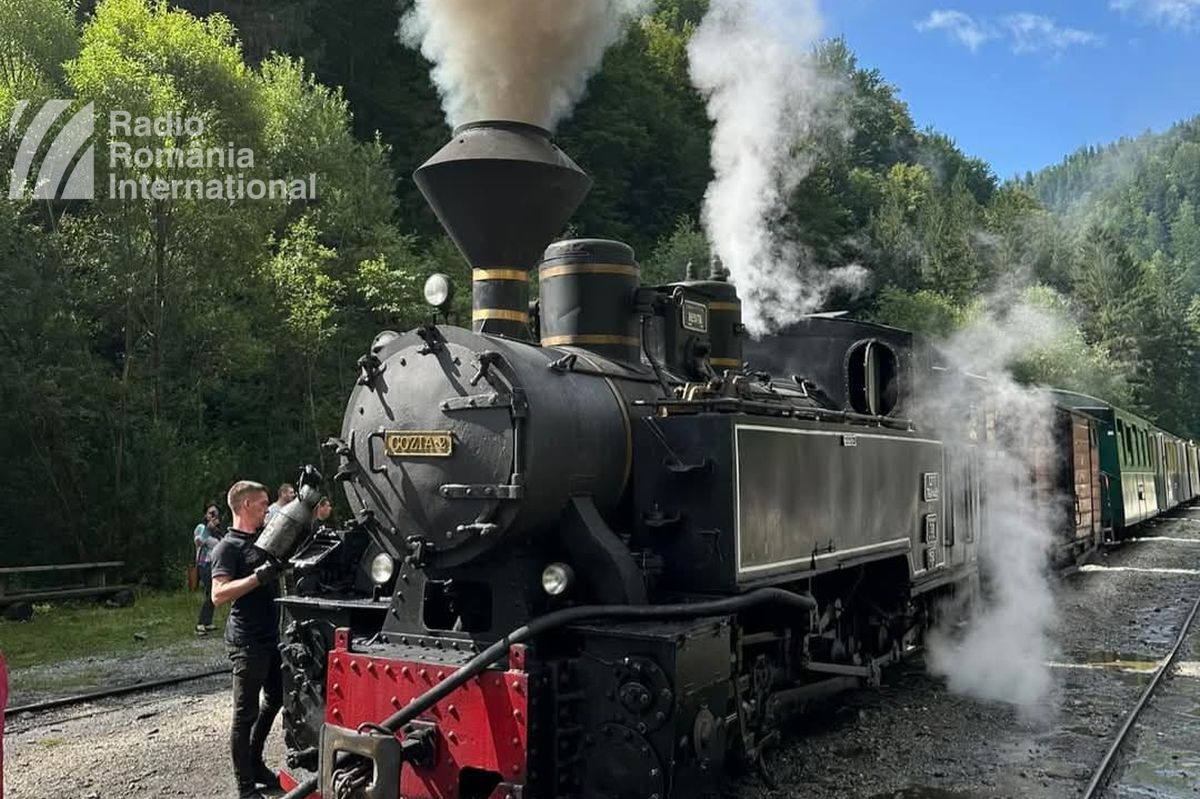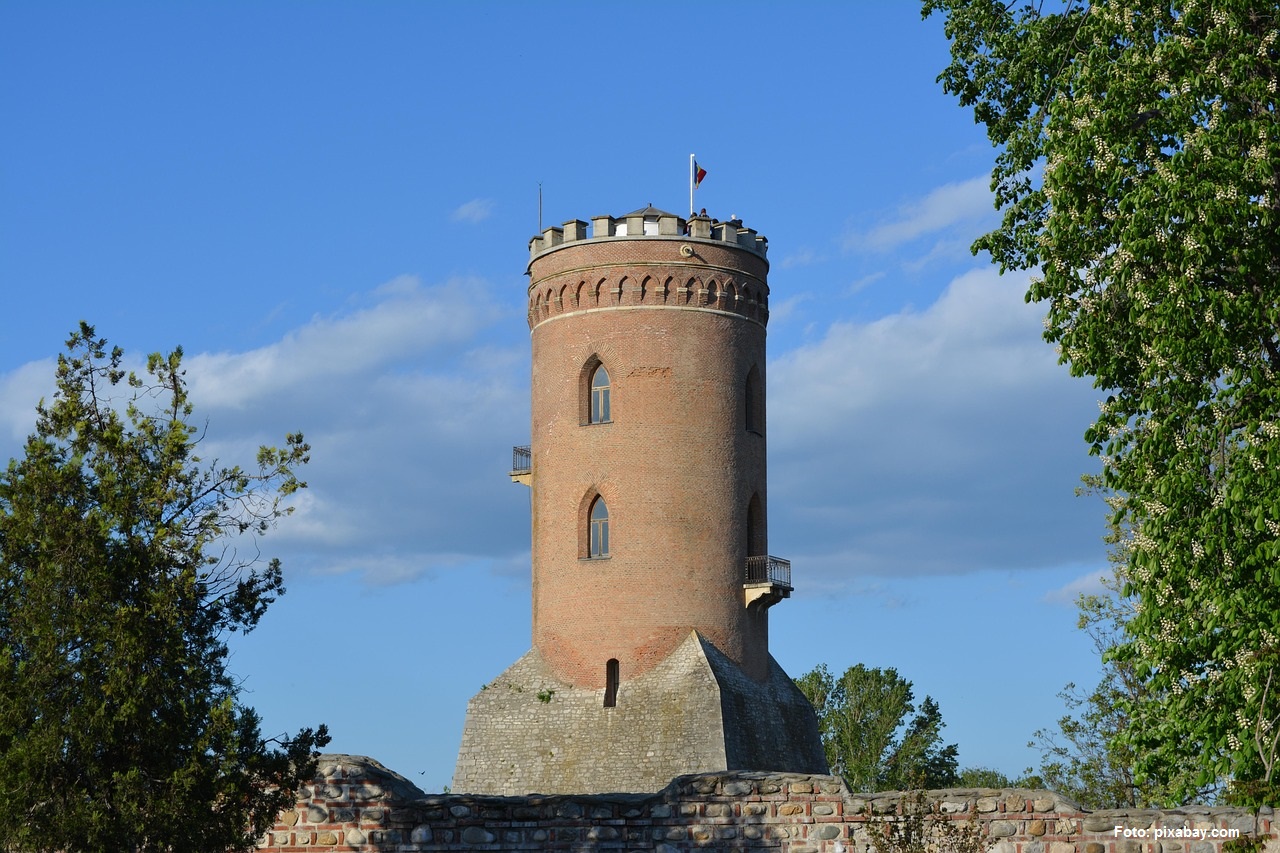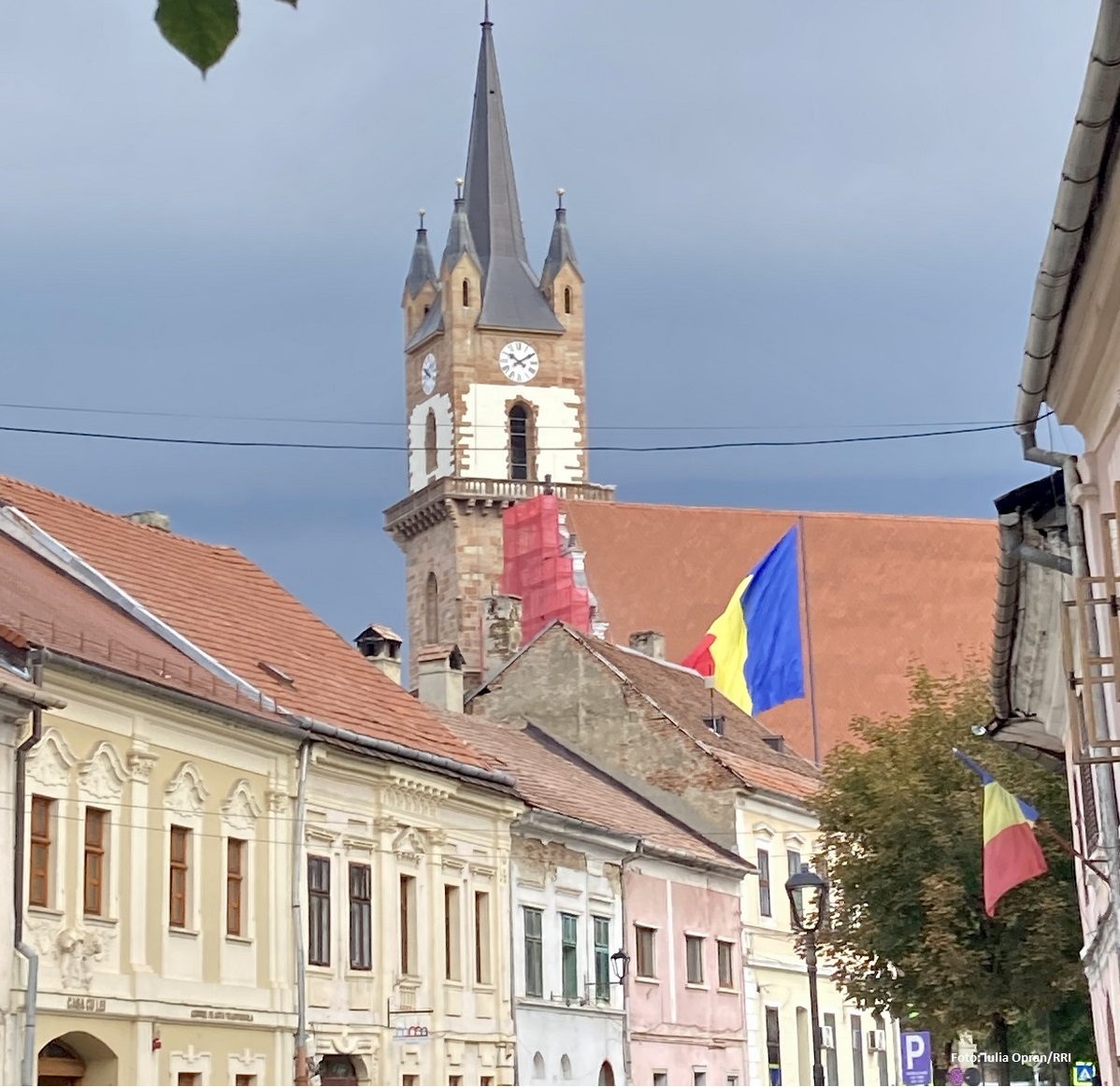Spa Tourism in Romania
Some of the best known are Băile Felix, Borsec, Sovata, Buzias, Băile Tusnad and Herculane, but there are over 40 of them throughout the country. Spa tourism blends treatment and tourism, and the country has a wide offer in those terms. At the same time, spas are mostly placed in scenic locations, with thermal and mineral springs, medicinal mud and other natural remedies, all at an affordable price.

Daniel Onea, 02.03.2017, 11:11
Some of the best known are Băile Felix, Borsec, Sovata, Buzias, Băile Tusnad and Herculane, but there are over 40 of them throughout the country. Spa tourism blends treatment and tourism, and the country has a wide offer in those terms. At the same time, spas are mostly placed in scenic locations, with thermal and mineral springs, medicinal mud and other natural remedies, all at an affordable price.
Rodica Pencea, secretary general of the Spa Tourism Employers Association, told us that most springs are certified by a special government organization, which is not the case abroad many times: “The quality and efficacy of these natural resources is special. We have lots of tourists who come for years to the same resort, exactly for our curative solutions. Our weak point is infrastructure, but the state of wellness people achieve is incomparable, and makes people come back once and again. Romanian spas are also picturesque places. Many of them are in mountainous areas, and some are around the Black Sea. They have around them historical and religious sites, as well as natural parks, where you can go for a relaxing stroll. People who come here for treatment or just relaxation feel the need for a change of scenery, once they get used to the schedule. Tourists can go on half-day or full-day visits to see the surroundings. Spas offer all that, and for foreign tourists, we have several airports used by the national airline, as well as low cost airlines, which are now all over the country. I think the prices in Romania are quite competitive.”
Rodica Pencea, head of the Spa Tourism Employers Association, keeps in touch with lots of foreign tourists, as well as with journalists: “Tourists coming here for treatment enjoy two things in particular. First they enjoy the efficacy of natural curative factors. If I were to be specific, they are mineral and thermal waters, medicinal mud, and medicinal inhalations, which are unique in Europe. These are the main three factors. The second reason for which tourists flock here is the professionalism of the medical staff, who help them get over the more difficult moments. I hope I got your attention with this, and encouraged you to come to Romania and see for yourselves at least two or three spas, because there is a lot to see, and you have the opportunity to treat many kinds of conditions.”
Traian Bădulescu, consultant for tourism and member of the FIJET Romania Tourism Press Club, told us that Romania has finally started to be competitive: “Over the last few years, we have had more and more hotels and other means of accommodation refurbished. We started having hotels with spa and wellness centers. Some of our resorts are top quality. For instance, in Băile Felix we have quality hotels, including a five star hotel with a huge spa. We have resorts such as Balvanyos, Covasna and Vatra Dornei, all sporting quality hotels. At the same time I am glad that other resorts, such as Băile Govora and Amara have a modern and competitive accommodation infrastructure. For instance, the seaside resort of Mamaia is tightly linked to the city of Constanta, the resort of Poiana Brasov is tightly linked to the city of Brasov. Băile Felix is linked to the city of Oradea, which is a beautiful historic city. Its old downtown has been restored to a beautiful state.”
Traian Bădulescu recommended us to go to Băile Felix to meet Diana Antonescu, marketing representative for tourism in the resort, who told us about their unbeatable offer: “We have packages for leisure tourism, spa treatment as well, because the resort is a spa. The Easter package is three nights in a double room, including breakfast, spa treatment, Easter lunch and access to the pools in four and three star hotels, and starts at around 70 Euro per person, at a two star hotel. For a four star hotel, prices can reach 125 Euro. One very interesting package is the Felix Spa package. It starts at five days, breakfast included, with a medical check by the spa physician of the hotel, with two procedures per person per day, free access to the pool and sauna, for three and four star hotels. Fees for a five day stay start at around 100 Euro for a two star hotel, reaching around 200 Euro for a four star hotel. These fees are valid before mid-July.”
George Sorin Niculescu, vice-president of the National Travel Agencies Association of Romania, recalls for us the tradition of spa tourism in Romania: “We encourage tourists from abroad to come to Romania, because this is quite rare in other countries. The results obtained by these spa treatments are spectacular, treating a wide variety of conditions. The most popular treatments are those for rheumatism, as well as respiratory diseases. Physicians make the medical recommendations, we make the tourism recommendations, so that tourists can get to know the resort and its surroundings. We also have natural monuments close to Băile Herculane and Covasna, such as caves and salt mines.”






























